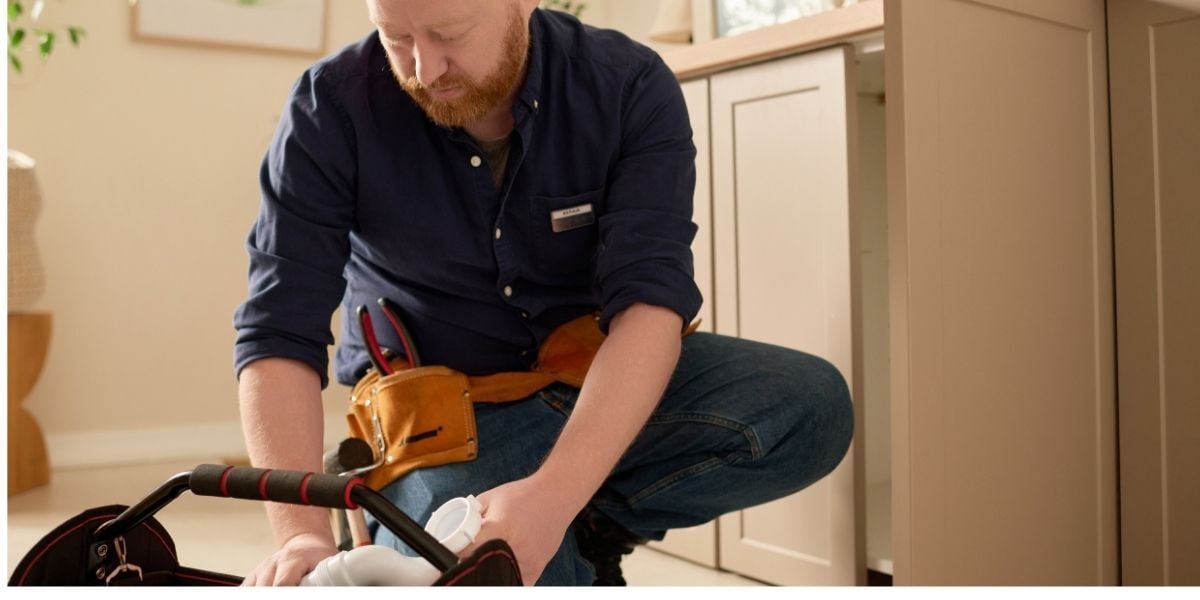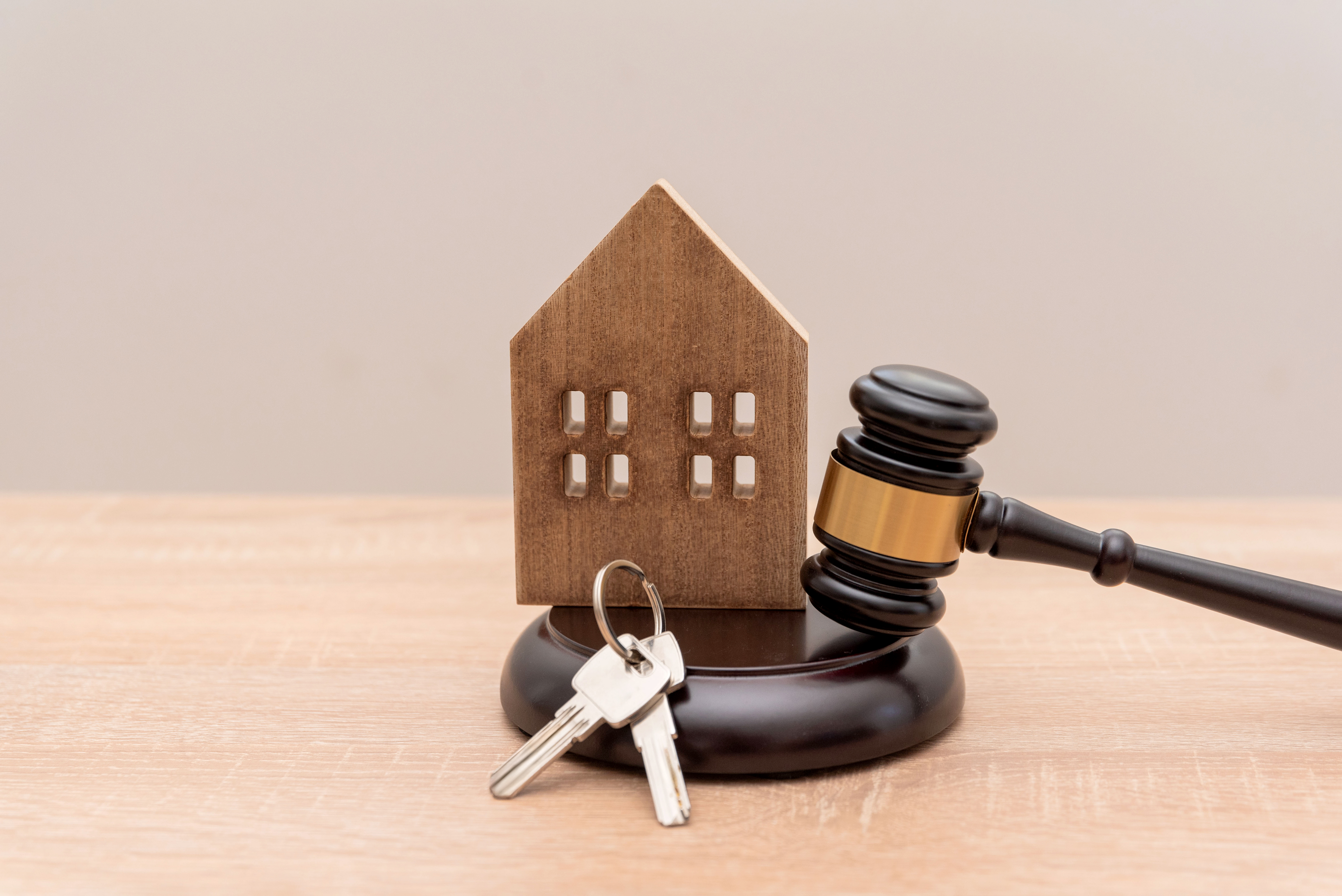
There's a lot that goes into getting your rental property ready for a new resident. You'll need to find the right person, create a rental lease and get them to sign it. You'll also need to have new keys made for the new locks you put on your property. But there is one thing that is often overlooked by both parties and that is the pre-move in checklist.
Most renters like to perform a walkthrough before they move into the rental property. In some states it's required by law that it be done before the new resident can get the keys. Local laws and regulations should be considered before moving forward with the rental process.
Purpose of the Walkthrough
This process of performing a checklist inspection is beneficial to both the property owner and resident as it gives both parties a report of the condition of the home before moving in has occurred. It also becomes the reference point should a move-out inspection need to take place.
- For the renter is provides an abstract picture of the condition of the home they're moving into. It provides a record of reliability should the property owner contest the condition of the home later on. And it will show what still needs to be repaired prior to moving into the home.
- Property owners will have a document that shows what the condition of the home was like at the start of the rental lease. It can be used to determine what kind of damages happened after the renter moved out. It will also help form the list of repairs and the cost should anything need to be done.
After the inspection is completed both parties will need to sign the form so there is an agreement as to what the property looked like from the start of the business relationship. Some states allow for the property owner to request a signed check to be attached to the form in case the renter leaves in a hurry and leaves you hanging onto a repair bill that is theirs to take care of.
Items to Include
Once you have the groundwork laid out it will be important to have a form that works for you. The checklist should include the following items:
- The form should have a section for each room of the property. There should be boxes that cover the walls, floors, lighting, windows and just about anything else that is standard to the room.
- There should also be a section available to make notes for repairs. These columns will help you keep track of the costs of repairs later on in the process.
- There should be a section for all other issues. This is the part of the form that allows you to cover any other areas such as landscaping and garages.
- There should be a section for forwarding addresses.
- And there should be signature lines for all parties involved.
Keep it Short & Simple
The more words you use the more complex and confusing it will be later. Simple descriptions is what is needed to finish the transaction. You'll also need to let them know how to pay the rent each month. This may include direct deposits or pay by check.
As a rental property owner, you can avoid having any reservations about handing the keys over to a new resident by partnering with a professional property management company and letting them handle the process for you.










